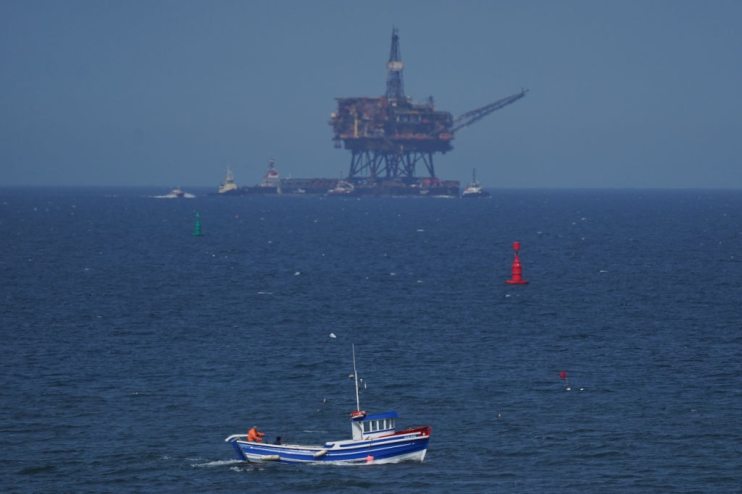US agency predicts decline in oil prices as producers pledge to boost global inventories

Oil prices will fall over the next two years due to increased supplies in global petroleum inventories, argues the US Energy Information Administration (EIA) in its latest report.
Prices on both major benchmarks rallied over 50 per cent in 2021, rebounding from lockdowns across developed economies with three-year and seven-year highs on the Brent Crude benchmark and WTI Crude benchmark respectively.
In its short-term energy outlook, EIA forecasts that Brent Crude, which averaged $79 per barrel across the year, will drop to an average $75 in 2022 and $68 in 2023.
Brent Crude prices rose to $84.96 per barrel today, closing in on last October’s $86.70’s high, while WTI Crude prices have increased 0.18 per cent to $82.82.
This follows a price rally amid reduced concerns over the Omicron variant’s effect on air travel demand.
EIA’s expectations of declining prices are driven by a shift from reductions in global petroleum inventories during 2021, to inventory increases over the next two years.
Global petroleum inventories typically decline when consumption is greater than production and increase when production is greater than consumption.
In 2021, withdrawals from global petroleum inventories averaged 1.4m barrels per day, contributing to higher crude oil prices.
This year EIA expects petroleum production will increase by 5.5m barrels per day and consumption growth will slow, leading to increases in petroleum inventories globally.
This gloomy perspective echoes pessimistic predictions from Deutsche Bank, which published its house view earlier this week, suggesting WTI Crude could fall below $60 per barrel in 2022 on the back of a material rise in surpluses.
Oil producers struggle to reach production targets dampening fears of a surplus
However, the argument is dependent on pledged production from the US and OPEC+, which account for 4.6m barrels of growth.
The organisation has missed its production targets in recent months, despite agreeing to raise supplies by 400,000 barrels per day, after multiple countries failed to hit their quotas.
According to a Reuters survey, OPEC+ undershot its targeted production rises in December, pumped 27.8m barrels per day last month, which was up from 70,000 barrels per day in November, but short of the 253,000 barrels per day increase allowed under the supply deal.
Producers are struggling with capacity constraints that are limiting supply as global demand recovers from the pandemic, even after the organisation relaxed 2020’s output cuts when oil prices first plummeted.
The lag between actual and pledged supply could widen further without larger producers compensating for shortfalls.
Ole Hansen, head of commodity strategy at Saxo Bank, suggested that current prices reflected long-term production issues.
He said: “While the early January jump was driven by temporary supply disruptions, the rally has continued driven by signs that several countries within the OPEC+ group are struggling to raise production to the agreed levels. Adding to this a sector unloved by regulators but very much needed for years to come, and the risk of even higher prices going forward persist.”
EIA’s predictions also contrast with OANDA’s sunny forecasts that oil prices will rise to $100 per barrel this year, and Investec’s optimistic view about prices over the next 12 months.
Nathan Piper, research oil and gas at Investec said: “The rebound in the oil price reflects tightening fundamentals and easing of concerns around the potential for Omicron to deliver a significant demand shock. Through 2022, we believe the outlook for oil remains positive with demand growing beyond pre-pandemic levels, spare supply capacity tightening and inventories at a 7-year low. The combination of an inflationary backdrop and improving oil price fundamentals should lead to a good year for oil equities.”
Meanwhile, Goldman Sachs in its published report, Finding Value In Scarcity, believes there could be surpluses in the short-term, but that a structural decline is spare capacity will boost prices further this spring.
Comparing the situation to a significant rally triggered in 2004 an exhaustion of spare capacity, the bank said: “At the time we labelled this dynamic ‘long-term shortages create near-term surpluses’ as the surge in long-dated prices created demand weakness that allowed inventories to build, creating a precautionary inventory cushion to buffer the oil market from a lack of spare capacity. We could very well see a similar dynamic playout in oil this year.”